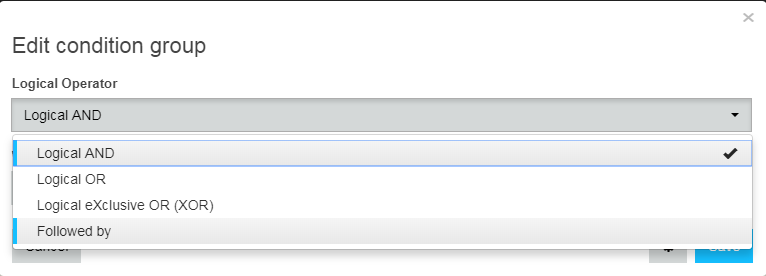I can’t understand why there is no option ‘for less than’ ‘for at least’ in the IS comparison.
For example I wan’t to alert with the lights when the outdoor temperature IS colder then the inside temperature for at (least 10 minutes) AND the door IS open (for at least 5 minutes).
I can’t use was, because it’s in the past and not true anymore when action needs to happen.
I won’t use a trigger like stay, but a condition, because the condition still has to stay true to add more conditions that can trigger. Like coming home.
Now I have to make a seperate piston with trigger stay and change a variable, that I use for my condition. This overcomplicates my pistondesign very much.
I probably could use ‘wait’ in my action, and set it to cancel upon change of condition. Though this still isn’t great. Some conditions like for example coming home need immediate response. It also makes it impossible to set different time variables for the conditions, unless I make my piston design even more complicated.
What am I missing? ‘IS for at least’ seems to me one of the most basic comparisons.
I really can’t get my head around it, that this isn’t integrated… but it is for WAS ?!


